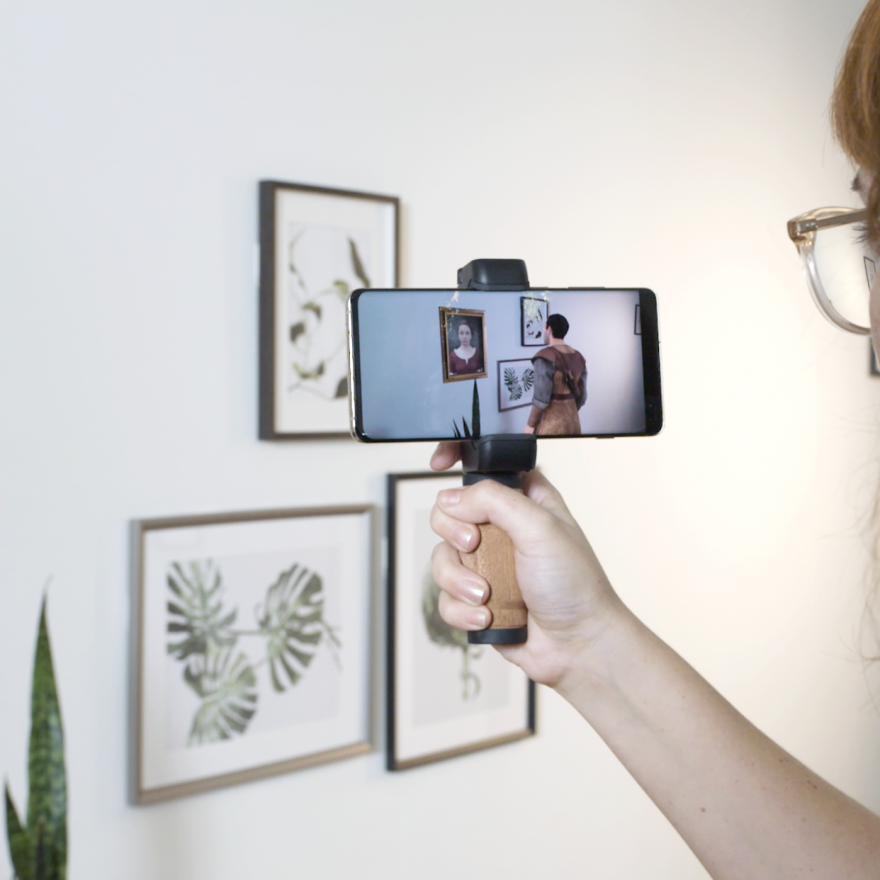
Early in 2018 Google’s Creative Lab approached Opera Queensland and invited them to explore what might be possible if Augmented Reality (AR) were to become part of the process of staging an opera. The driving artistic question of the project would be: what would happen if we could step outside the traditional setting for opera and render an operatic performance in a user’s home? Could we make live performance more accessible – by offering everyone a front row seat – and at the same time allow a user to feel a deeper connection to the music and the performers?
Opera is perhaps the least mobile art form of all. Producing an opera requires the combined forces of an orchestra, an ensemble of singers, a chorus, complex sets, grand costumes, and a small army of technicians. The idea of using cutting edge digital technology to present operas in peoples’ living rooms, not as a recording of a pre-existing production but as a wholly new experience, in which the user’s home became the site for the performance, was as daunting as it was irresistible.
A New Storytelling Grammar
At the core of our vision was a desire to make a user feel an opera performer was ‘right there in their living room’, singing for them. With this in mind we began a process of interrogation and discovery that pushed everyone involved to the limits of the known universe – in digital terms at least – to create a prototype for an app that allows anyone with a mobile device to stage an opera in their home.
How do you begin the creative development for an experience that involves such an unfamiliar fusion of art and technology it is yet to develop its own ‘grammar’?
In every aspect of the creative process for this project – music, dramaturgy, scripting, set design, user experience, not to mention the visual properties of the operatic performances themselves – we had to question our expectations.
While the emotional experience of watching an opera in the theatre can be intensely dynamic, the audience’s relationship to the action is static, fixed from the perspective of whatever seat they are in. AR revolutionises this experience by placing the action in the audience’s home, where they can interact with it in whatever way they choose.
Using a mobile device as a lens, the user can zoom in and out of the action of the scene as they wish – sitting back in a wide shot, or zooming in to circle the singers as if they are standing beside them, and every variant between.
This is a collection of taxonomy terms that allow a type of immersive or XR performance to be categorised.
